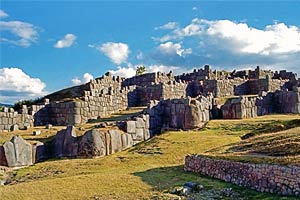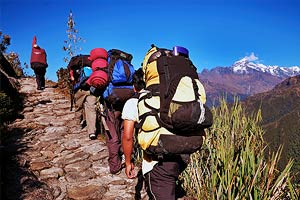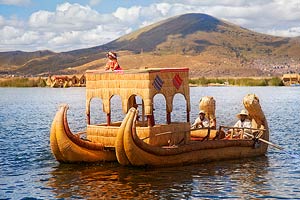Archaeological Sites and Attractions in Machu Picchu 2025
Main sites to visit in Machu Picchu
WAYNA PICCHU
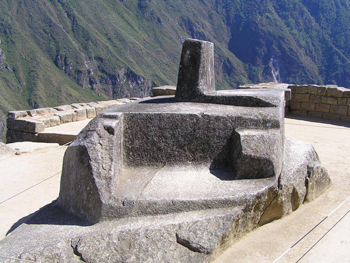 Huayna Picchu is a spur that is part of the mountain, with a semicircular base bathed by the waters of the Urubamba River. It is the mountain located in front of Machu Picchu. Its Quechua name translates as "young mountain" or "needle mountain." Waynapicchu served as a watchtower, communication station, and shrine.
Huayna Picchu is a spur that is part of the mountain, with a semicircular base bathed by the waters of the Urubamba River. It is the mountain located in front of Machu Picchu. Its Quechua name translates as "young mountain" or "needle mountain." Waynapicchu served as a watchtower, communication station, and shrine.
INTIHUATANA
The Intihuatana is located on one of the esplanades of the Temple of the Three Windows in Machu Picchu and is one of the greatest mysteries of Inca culture. Every day, hundreds of tourists feel the energy emanating from this stone monument, which resembles a miniature obelisk that seems to concentrate all the telluric force of the Machu Picchu citadel.
TEMPLE OF THE SUN
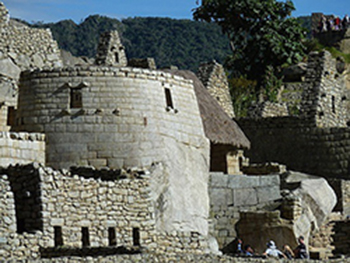 A semicircular construction built on a solid rock. This building features two trapezoidal windows, and according to chroniclers, when inhabited, they had inlays of precious stones and gold. It consists of a series of structures that dominate the entire citadel. It has a semicircular shape and rests on a massive rock with a natural curvature of 10.5 meters.
A semicircular construction built on a solid rock. This building features two trapezoidal windows, and according to chroniclers, when inhabited, they had inlays of precious stones and gold. It consists of a series of structures that dominate the entire citadel. It has a semicircular shape and rests on a massive rock with a natural curvature of 10.5 meters.
DRAWBRIDGE
This unique bridge is part of one of the most dangerous paths in the entire city. The trail begins at the "Hall of the Ten Niches," south of the citadel. It is a narrow path, daringly built along the granite mountain's flank. The narrow trail continues for about two kilometers before reaching a curve where it abruptly ends, creating a gap occasionally filled by a narrow log drawbridge.
TEMPLE OF THE CONDOR
Located in the central part of a large ceremonial area, this temple features a representation of a condor with outstretched wings. The temple’s complex construction is evident in the presence of underground chambers related to the worship of water.
MAIN GATEWAY
The Inca architects designed the entrance gate to frame the Wayna Picchu mountain, one of the site's tutelary deities. The trapezoidal shape is a hallmark of Inca architecture.
INKA’S HOUSE
This complex is strategically located near the first water sources (phaqcha) and the Temple of the Sun. It has two entrances and served as a temporary residence for the Inka or their representative. The main courtyard of the complex contains elements associated with religious worship.
CEREMONIAL FOUNTAINS
There are 16 fountains located in the urban area of the Machu Picchu llaqta. They follow the same architectural pattern, yet each one has unique characteristics.
SACRED PLAZA
This area houses the Main Temple, the Temple of the Three Windows, and a less refined structure that served as a residence and storage space for objects used in ceremonies performed in the temples.
SACRED ROCK
This is a granite block in the process of being shaped, surrounded by an altar and linked to the worship of sacred mountains (Apus). It is located at a connecting point between the central area of the llaqta and the Wayna Picchu mountain.
THREE DOORWAYS
This complex gets its name from the symmetry of the three architectural units, known as kancha, that compose it. Each unit has an entrance with a double jamb and a similar distribution of rooms around a central open space. The complex functioned as an elite residence.
HALL OF MIRRORS
This room, located in the complex of the same name, was designed for astronomical observations using water mirrors embedded at floor level in the central part of the room.





















